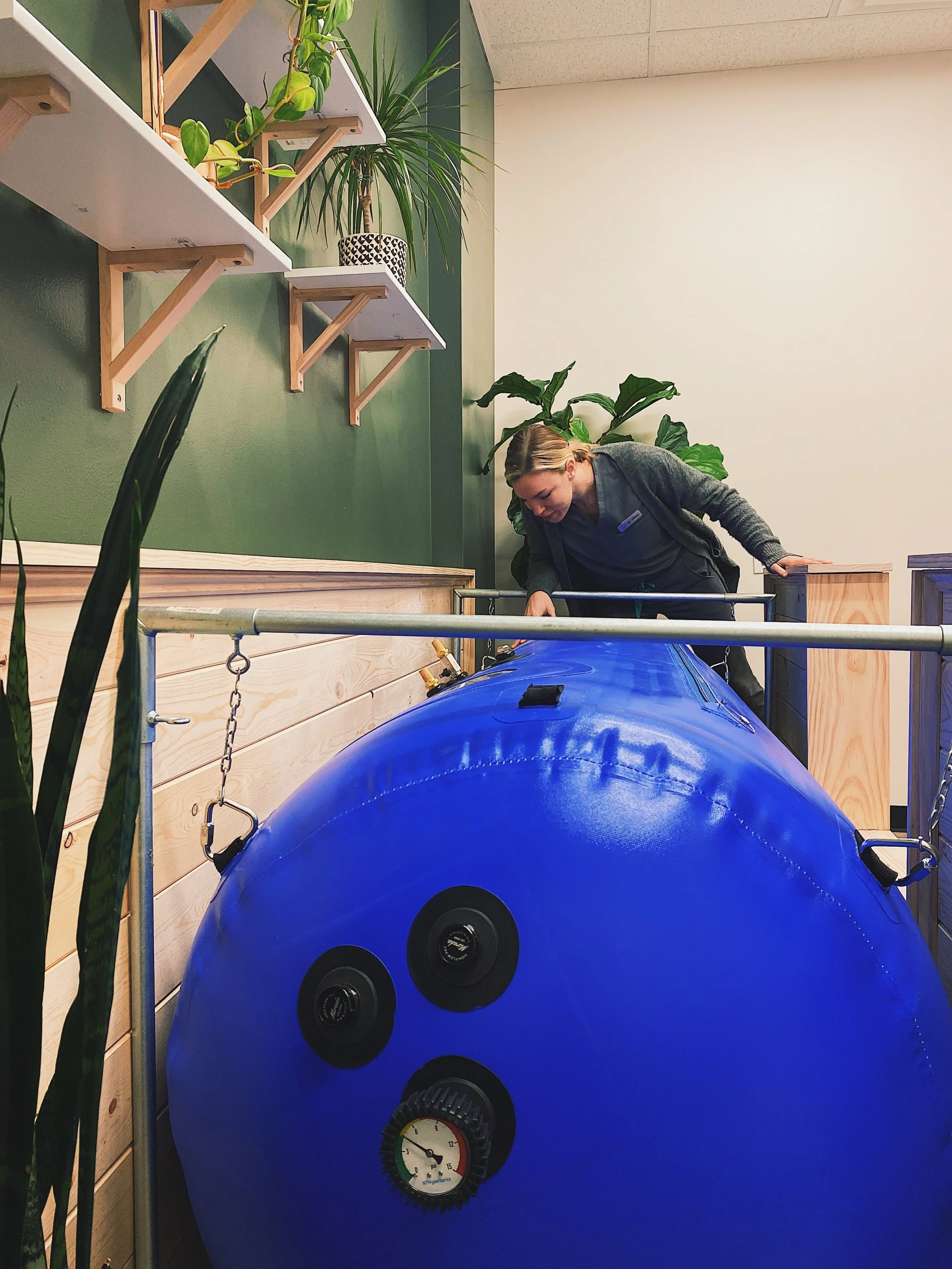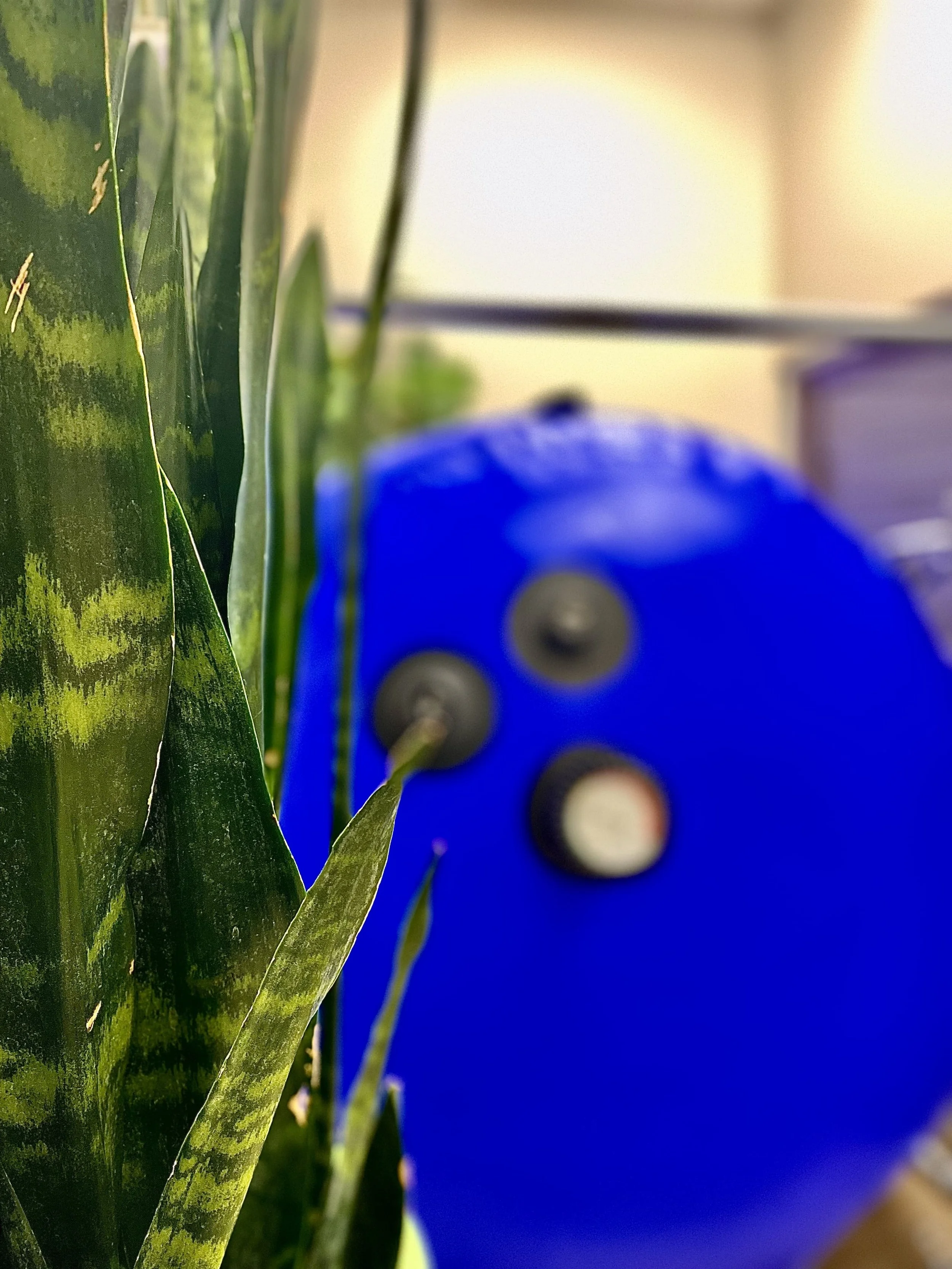Unveiling the Duration: How Long Do the Effects of HBOT Last After Treatment?
The effects of hyperbaric oxygen therapy (HBOT) can range from temporary relief to significant long-term recovery, but how long do they truly last? Tailored to each individual, the duration of HBOT’s benefits depends on the nature of your treatment. This article dives straight into the heart of the matter, exploring “how long do the effects of hbot last” as a typical span of effects to help set your expectations for after HBOT.
Key Takeaways
Hyperbaric oxygen therapy (HBOT) is a treatment that involves breathing oxygen in a hyperbaric chamber at higher than normal air pressure, increasing blood oxygen levels up to 1200%, which aids in healing various conditions including chronic wounds, carbon monoxide poisoning, and brain injuries.
The duration of HBOT’s effects varies among individuals and depends on factors such as individual health, treatment frequency, lifestyle choices post-treatment, and the nature of the medical condition, with benefits ranging from temporary to permanent improvements.
HBOT is FDA-approved for certain conditions like carbon monoxide poisoning and gas embolism, with some health insurance plans covering the cost for approved indications, while its use for neurological disorders, although promising, is still considered off-label and may not be covered by insurance.
Understanding Hyperbaric Oxygen Therapy (HBOT)
Hyperbaric oxygen therapy (HBOT) is not just a futuristic concept; it’s a well-established medical treatment that harnesses the life-sustaining power of oxygen to foster natural healing processes. By entering a specialized hyperbaric chamber for a hyperbaric oxygen therapy session, patients breathe in oxygen at concentrations far higher than the typical 21% found in our everyday environment.
This increased oxygen supply, caused by increased air pressure, can skyrocket the pure oxygen concentration in the blood by up to 1200%, creating a potent environment for the body, including blood vessels, to repair itself with oxygen rich blood.
The Science Behind HBOT's Healing Process
Diving deeper into the science of hyperbaric oxygen therapy, we encounter the fascinating interplay of gas laws such as Boyle’s, Henry’s, and Dalton’s. These laws explain how, under the increased air pressure of the hyperbaric chamber, oxygen is more readily dissolved in the blood, delivering a powerful dose of healing to the body’s tissues.
This surge in oxygen facilitates the reversal of hypoxic conditions, energizing cells at the mitochondrial level, including skin cells and those in the central nervous system. This process also helps in bolstering the immune system’s response to injury or infection, which is particularly beneficial for those with a weakened immune system.
Conditions Treated with HBOT
Hyperbaric oxygen therapy is a versatile tool in the medical toolkit, capable of addressing a diverse array of health concerns. Some of the conditions that can be treated with HBOT include:
Stubborn chronic wounds that refuse to heal
Acute conditions like carbon monoxide poisoning
Anemia
Various poisonings
Conditions affiliated with the nervous system such as brain injuries and multiple sclerosis
HBOT shines as a beacon of hope for many patients in need of these treatments.
Factors Influencing the Duration of HBOT Effects
When it comes to the lasting impact of hyperbaric oxygen therapy, several factors come into play. Just as every individual is unique, so too is the duration of HBOT’s beneficial effects, which can range from weeks to months, or even result in permanent improvements. After a single session, patients can enjoy significant improvements, including the following benefits for up to a full day:
Elevated oxygen levels
Improved blood circulation
Enhanced immune system function
Treatments typically occur multiple times a week, which influences the long-term success of the therapy.
Individual Health and Medical Condition
Your personal health profile can significantly shape the outcome of hyperbaric oxygen therapy. Factors like:
age
lifestyle
diet
existing medical conditions
create a tapestry that determines how your body will respond to and benefit from the increased oxygen levels provided during HBOT sessions.
Conditions that alter the body’s ability to process oxygen, such as pre-existing hypoxia, can also play a crucial role in the therapy’s effectiveness. Our Doctors find that a bad diet can completely de-rail a patients course of care. We can consul more about what foods to avoid at your initial consultation.
Get Started Today
Treatment Frequency and Duration
The schedule of your HBOT treatment is tailored to your specific needs, influencing the longevity of its benefits. Therapeutic outcomes pivot on the overall duration and frequency of therapy sessions. For example, patients with chronic wounds may undergo HBOT with the following schedule:
Four days a week
Up to three months
Each session lasting from several minutes to an hour
Including breaks to breathe normal air and prevent oxygen toxicity.
Post-Treatment Lifestyle and Care
What you do after your HBOT sessions can also impact how long its effects last. Embracing a healthy lifestyle, such as maintaining a clean diet and avoiding smoking, can significantly enhance and extend the therapy’s benefits. For patients recovering from conditions like toxic mold exposure, combining HBOT with regular exercise has been shown to improve outcomes.
HBOT Effectiveness for Specific Conditions
It’s important to note that hyperbaric oxygen therapy doesn’t have a one-size-fits-all effect. Certain conditions have been shown to respond particularly well to HBOT, with some patients experiencing permanent relief from ailments like brain injuries and bone infections.
Chronic Wounds and Ulcers
Chronic wounds, a common affliction for many, are one area where HBOT has demonstrated significant prowess in the wound healing process. Roughly three-quarters of chronic wounds have been healed through HBOT, with effects lasting up to a year following treatment.
Diabetic ulcer patients, in particular, have seen remarkable healing rates with gangrene skin grafts, showcasing the therapy’s potential for long-term wound management.
Neurological Disorders and Brain Injuries
While HBOT has shown promise in treating severe traumatic brain injuries, especially in the acute stage, its use for neurological disorders remains under scrutiny. Despite anecdotal success, the FDA has not yet approved HBOT for conditions such as Alzheimer’s, autism, or PTSD. However, HBOT is still widely regarded as a “gold standard” for brain injury treatment, even if its use for other neurological conditions is considered off-label.
Decompression Sickness and Gas Embolism
For divers and others at risk of decompression sickness or gas embolism, HBOT is not just an option—it’s an FDA-approved treatment. Insurance coverage is common for these conditions, providing a financial safety net for patients in need of this life-saving therapy.
Real-Life Success Stories: Long-Lasting Benefits of HBOT
Beyond the data and scientific principles lies the human aspect of hyperbaric oxygen therapy—stories of real people whose lives have been transformed. For instance, a diver who suffered a substantial delay in treatment saw a miraculous functional recovery after beginning aggressive HBOT six days post-injury, highlighting the therapy’s potential for profound and lasting change. While individual cases may not always show statistically significant differences, the impact of hyperbaric oxygen therapy on patients’ lives is undeniable.
Our Doctors have seen countless lives change with the proper dose of HBOT. We strive to be at the cutting edge of research, so we can provide the most up to date and accurate recommendations for our patients.
Precautions and Safety Considerations
Despite its many benefits, it’s essential to approach hyperbaric oxygen therapy with an awareness of its safety profile. Most patients undergo HBOT without incident, but as with any medical treatment, a thorough risk-benefit assessment is crucial. Common side effects are typically mild and temporary, such as ear fullness and fatigue, but it’s necessary to be informed of the potential for rare, more severe complications.
In our experience, an initial consultation helps alleviate a lot of concern and gives the patient plenty of time to ask any questions they may have.
Mild and Temporary Side Effects
After a session of HBOT, some patients might experience the following side effects:
Feeling lightheaded
Headaches
Claustrophobia due to the enclosed nature of the hyperbaric chamber
Ear pain or a popping sensation due to the pressurized environment
However, these symptoms are generally fleeting and manageable, unlike those experienced by individuals with post traumatic stress disorder. In our experience, the first dive is the worst dive. From there on out, it only gets easier and easier.
Rare Complications and Contraindications
While hyperbaric oxygen therapy is overwhelmingly safe, it’s not without its risks. On rare occasions, patients may experience serious complications such as lung damage, vision changes, or oxygen poisoning, which could lead to seizures or lung failure. It’s vital for patients and healthcare providers to be cognizant of these risks to make informed decisions about HBOT’s suitability. At Clarity Hyperbarics, we take all necessary safety precautions and monitor your care.
Insurance Coverage and Cost of HBOT
Navigating the financial aspects of hyperbaric oxygen therapy can be as important as understanding its medical implications. In the United States, most insurance plans, including Medicare, cover HBOT for FDA-approved conditions. However, patients may still be responsible for additional expenses such as copays and deductibles.
For those seeking treatment for off-label conditions, independent clinics may offer financial assistance and various payment options. We operate our clinic on a membership model, which helps bring the cost down to below $44 per dive!
Summary
Throughout this exploration of hyperbaric oxygen therapy, we’ve uncovered its scientific underpinnings, diverse applications, and the factors influencing its long-term effects. We’ve heard success stories that attest to HBOT’s transformative power and navigated the practical considerations of safety and cost. As we conclude, it’s clear that HBOT is more than just a medical treatment—it’s a beacon of hope for many facing challenging health conditions, offering a breath of fresh air in the form of pure oxygen.
Frequently Asked Questions
Can you do too much HBOT?
Yes, doing too much hyperbaric oxygen therapy can lead to oxygen poisoning, with potential side effects such as coughing, shortness of breath, and even seizures in rare cases. It's important to follow the recommended guidelines for this therapy laid out by our team of doctors.
What are the drawbacks of HBOT?
Some drawbacks of HBOT may include fatigue, lightheadedness, ear and sinus pain, middle ear injuries, and temporary vision changes. Severe problems could also include lung damage and fluid buildup or rupture of the middle ear.
Why do I feel tired after hyperbaric treatment?
Feeling tired after hyperbaric treatment can occur due to the body's adjustment to higher oxygen levels, causing temporary fatigue as it adapts to increased oxygen saturation. It's a normal response to the therapy. Generally we see an increase in energy after a chamber session, so fatigue is rarely seen.
How often should you get HBOT treatment?
You should generally get hyperbaric oxygen therapy sessions twice a week or four days a week for up to 40 or more total sessions, as recommended by your healthcare provider. Strive to follow their guidance for the best results.
What exactly is hyperbaric oxygen therapy?
Hyperbaric oxygen therapy (HBOT) involves breathing in pure oxygen at high pressures within a specialized chamber to increase oxygen levels in the blood for healing and rejuvenation. It is a medical treatment known to promote healing and rejuvenation.




